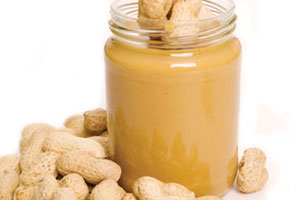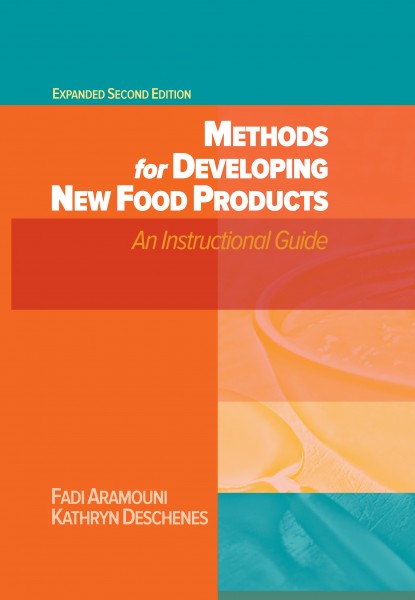“I never never thought that this bacteria would survive in the peanut butter type environment. What the heck is going on?”
This quotation appeared in the March 5, 2009 New York Times article, “Food Safety Problems Elude Private Inspectors,” which focused on the salmonella outbreak at the Peanut Corporation of America. The source of this quote obviously didn’t realize salmonella could survive in peanut butter and actually grow in a peanut butter processing plant.
Peanut butter is a stable product with a low water activity. In the home, opened containers are rarely refrigerated yet rarely spoil since the product doesn’t support the growth of pathogens and most spoilage organisms. Yet, if it becomes contaminated with a pathogen such as salmonella, that organism can and probably will remain in the food. The lack of moisture and high fat content serve to protect contaminating organisms. These same characteristics also protect organisms during processing.

|
|
The lack of moisture and high fat content in peanut butter serve to protect against contaminating organisms. But if peanut butter becomes contaminated with a pathogen such as salmonella, that organism can and probably will remain in the food. |
For example, for salmonella in a neutral buffer at 60˚C, the D-Value, or time required to reduce the number of organisms by 90 percent, is approximately seven to 30 minutes (heat resistance). In peanut butter or chocolate, that resistance is higher by a factor of three or four. The key with products like these is to process the beans or nuts to destroy the pathogens and then make sure the products aren’t contaminated during storage and processing.
Consequently, it is imperative food processors fully understand their products from a microbiological viewpoint. Many food products and ingredients are not only bacteriostatic (meaning microorganisms don’t grow in them), they are also bacteriocidal. In other words, they are lethal to pathogens and other microorganisms. Vinegar, soy sauce, flavors and flavor extracts, certain condiments and soft drinks have all been shown to be bacteriocidal. However, even if your product fits in one of these categories, you should conduct a challenge study to verify this is the case. The reasons for a challenge study include:
1. Verifying the safety of your product(s)
2. Supporting your food safety management system
3. Meeting supplier demands
4. Adhering to regulatory requirements
5. Reducing end product testing
6. Creating a background for designing an environmental sampling program.
If you elect to conduct challenge studies aimed at determining whether one or more of your products are bacteriocidal or bacteriostatic, consider some basic guidelines including:
1. Selecting a competent laboratory to do the work
2. Making sure the study is repeated to verify the end results
3. Selecting the right organisms. Pathogen testing should include at a minimum salmonella, Listeria monocytogenes and pathogenic E. coli.
The last point above will add to your costs, but it will strengthen the end results.
If your product doesn’t support pathogen growth and is, in fact, lethal, you may realize certain benefits. Many customers mandate their vendors provide them with a certificate of analysis (COA) that shows the product is pathogen free. If your product is lethal to the target organisms, you have no reason to conduct additional tests. Long term, consider how much money this might save you in analytical costs.
Another potential benefit is directly related to the development of an environmental testing program. Environmental monitoring is an issue that is a part of both the Food Safety Modernization Act and many third-party audits. If you can show your product is lethal to Listeria monocytogenes and other pathogens, you don’t need to include this organism in an environmental monitoring program. Instead, you could focus on hygiene monitoring, which would also result in significant cost savings over time. Therefore, if you can verify your product doesn’t support the growth of pathogens, you should prepare a risk assessment on this point to address third-party audits. If the auditor indicates your company must establish an environmental sampling program, challenge him or her. Push the auditor for an explanation of why this should be done when you produce a safe product.
Processors that do not fully understand their products from a microbiological standpoint are doing themselves a disservice. Understanding these issues will not only strengthen the food safety management system, it can result in considerable cost savings over time. Food safety is mandatory, but companies must also address costs. And food safety is a cost that can’t be underestimated.



